by Wine Owners
Posted on 2018-10-17
When tasted from barrel in the spring of 2017, it was very evident that this was a vintage with loads of extract, with one of the highest ever IPT levels ever recorded in Bordeaux. IPT is a measure of the combined phenolic compounds in the juice - principally tannins and colorants responsible for the red, purple and blue hues in grapes. Large bunches of rather small berries meant high skin to juice ratios.
We suspected that the finest wines were those who extractions were gentle - neatly summarised by Frédéric Faye at Chateau Figeac who described their fermentation process as an ‘infusion’ with the gentlest of extractions achieved from the submerged cap.
With the proviso that the 2016s have been in bottle for as little as 3 months, this was an opportunity to re-taste a selection and test our original impressions from 18 months ago.
The more extracted wines with highest IPT levels were evident, and at this stage it has to be said that they were the least harmonious. Where there was a desire to make full use of, or to accentuate, all the elements proffered by nature, the palate tended to be dominated by raw power, the scale undeniable but at the expense of charm for now.
The structure of 2016, hidden under a cloak of velvety fruit and sweet tannins when barrel samples, was much more evident now the wines are in bottle, and this structure allied to tremendously aromatic fruit in the best examples, affirms 2016 as a vintage with some truly great wines in the making.
It’s not just a great cabernet sauvignon vintage either, with some of the right bank merlots absolutely stunning. La Conseillante that had seemed a little sweet and svelte at the property in April 2017 is now brilliantly pitched, with extremely expressive and aromatic fruit held in check by an impressive frame of tannins.
What was slightly surprising however, was the wide variation. Those who are tempted to categorise 2016 as a uniformly great vintage will be disappointed; there is plenty of dull wine. The difference between the vintage's heights and the good average is a chasm.
The Northern Medoc had an especially successful vintage, with Cantermerle showing excellent concentration and focus, and my pick of the appellation at en primeur, Citran, showing all of its former promise and more. Could this be the bargain of the vintage?
Domaine de Chevalier has made an epic red, with great substance and lovely resonance, and on this showing had the better of the high-in-cabernet-franc Carmes Haut-Brion. Though evidently fine fruited, Haut Bailly’s firm tannins are a bit overwhelming for now. Both Pape Clement and Smith Haut Lafitte major on great substance and scale, but show a raw or unknit character at this early stage.
Canon was showing very defined fruit with loads of grip but for now felt very slightly loose on the finish. Figeac has managed to combine stunning definition, texture, harmony and length and on this showing must be a 100 point wine in the making.
Gazin was absolutely charming with an impressively solid core. La Conseillante as already mentioned was a hit.
St Estephe and Pauillac were as good as expected given how fine the Cabernet was from this upper part of the Medoc peninsular, and wines from Cos Labory and Phelan Segur were notably excellent at their price levels.
Clerc Milon had stood out as exceptional in April 2017, and now in bottle shows impressive density, a huge finish and attractive gaminess. D’Armailhac was extremely exciting, packed with red fruit and finely beaded acidity and plenty of accompanying structure. Pichon Longueville Comtesse was one of the stars of the en primeur tasting and once again stood out for its super-refinement: unquestionably a top wine of the vintage.
In St Julien the Bartons stood out. Langoa was svelte, intense, showed gorgeous scale and definition at a very attractive price point. Leoville Barton was another league and heads above the other St Juliens. Huge, but super fresh, light-footed, with a mouthwatering blood orange infused core and a very direct, linear finish. One of the greatest wines of the vintage.
Lagrange was fine, the tannins so ripe and silky that their velvety texture cloak its underlying structure, just as it did when tasted in London a year ago. Talbot was back to it’s very best, likely up there with its beautifully balanced 1982.
The Margaux appellation in the main was not quite as exciting as the magnificent 2015s, a vintage in which the commune excelled. However one stood out for it’s stunning definition and extraordinary elegance. A fitting wine to finish this round-up of 2016s in bottle. Beautifully textured. A wine that simply flows across the palate with effortless grace. It helps that it’s also one of the most under-rated wines in the whole of Bordeaux, sitting as it does on great terroir. The wine in question is Chateau Dufort-Vivens, Second Growth Margaux, fully biodynamic, and an outstanding success in 2016.
by Wine Owners
Posted on 2018-04-12
A late return tonight (past midnight) and a long day, waking at 05:00. But there's still gas left in the tank, so to speak. Over the course of the day we gathered thoughts in advance for the below.
Saint-Julien Delivers
JR has been looking for patterns all week - some form of shape around which to build recommendations for wise en primeur purchases. Until this afternoon we failed to find anything solid, but then...Saint-Julien delivered. At the UGC (Union des Grands Crus) Saint-Julien tasting hosted by Chateau Beychevelle at its modern-looking new winery, we noticed a clear consistency in the wines; there wasn't a dud among them. Well, maybe there was one, but we don't need to talk about that as it wasn't really that bad. Either way, this was the first appellation we'd seen where quality was reliably high in these en primeur tastings. Everywhere else had required dedicated tasting to work out what was hot and what was not. So thank you Saint-Julien, and bravo!
Bright Whites
Of course, as soon as this pattern had been spotted, we remembered another that we wanted to talk about yesterday(but ran out of time). It's the incredible purity to the whites this year, all around Bordeaux - not just in Graves where we were today (starting with Haut-Brion, Pape Clement and Smith Haut-Lafitte) but everywhere. Lovely balanced wines great concentration and acidity, and pithy, chalky tannins. Our tasting notes are full of descriptors like kaffir lime leaves, sweet sage, gooseberry, sherbet and candied lemon. Even lemon verbena made it in there. 2017 looks like a really great year for Bordeaux whites.
©Nick Martin / Wine Owners
The Cold Shoulder
Frost - the running theme of conversations all around Bordeaux this week - was as much as issue in Graves as it was in the right bank. The frost pattern here in the Graves seems to have been much more black and white than over in Saint-Emilion and Pomerol. For some producers, there is a glittering silver lining to this rather painful situation, in that they adapted to it by significantly changing their blend and have come out smiling. Larrivet Haut-Brion is a gleaming example of this; the team there turned their blend around to use three times the usual amount of Cabernet Franc, and one third the amount of Merlot (which got severely hit by the frost). Les Carmes de Haut Brion is a similar story, and a similar success.
We have been focusing a lot on the frost topic (both here in the blog, and in our conversations with producers), but in fact a key point we'd like to make is that the frost is not something that consumers and investors should really focus on. What really matters, ultimately, is what each of the producers has managed to create. There are no strong patterns that consumers can reliably follow with regard to the frost.
Softly Softly Catchy Monkey
After a morning on the right bank, we returned to the Medoc, to the UGC tasting at Lafon Rochet. There, Basil Tesseron told us that 2017 was a vintage where it was extremely important not to over-extract, not being a super-ripe or sunny vintage. Over-extraction would just lead to mean, green bitter compounds leaching into the wine. This echoed a sentiment raised earlier in the day at Smith Haut-Lafitte, where the team did 4 pigeages per day, but no pumperovers, in order to keep the winemaking relatively gentle. 2017 was a year to be patient for picking and gentle in the winery.
©Jonathan Reeve / Wine Owners
Less (Wine) Does Not Necessarily Mean More (Money)
Despite indications given by some chateaux that smaller harvests will mean higher release prices, we see no justification for this. Traditionally, in vintages which are not 'stellar' -particularly those which followed relatively good vintages (as 2016 was) vintages, prices have tended to drop or remain roughly stable. Even in 2006 prices didn't significantly rise; they stayed roughly the same as 2005 even though the vintage clearly wasn't quite as impressive.
Tomorrow is a final look at the top producers we've not yet visited, all around the region. Lots of driving, between Le Pin, Angelus, La Conseillante, Eglise-Clinet and then back over the river to Latour, Leoville Barton and Palmer. Here's hoping for good driving conditions!
by Wine Owners
Posted on 2015-03-03
As if to make Jean-Michel Laporte, estate manager of Chateau La Conseillante, feel at home, the walls of auction room G2 at Bonhams on New Bond Street are covered in deep purple fabric. Not only were those walls a perfect match for the violette which so strikingly makes La Conseillante's capsules instantly recognisable, but also recalled Jean-Michel's city of origin, Toulouse, which made it's medieval fortune on the back of the highly prized dye it extracted from violets. Life has a certain symmetry to it, just like the wines of La Conseillante.
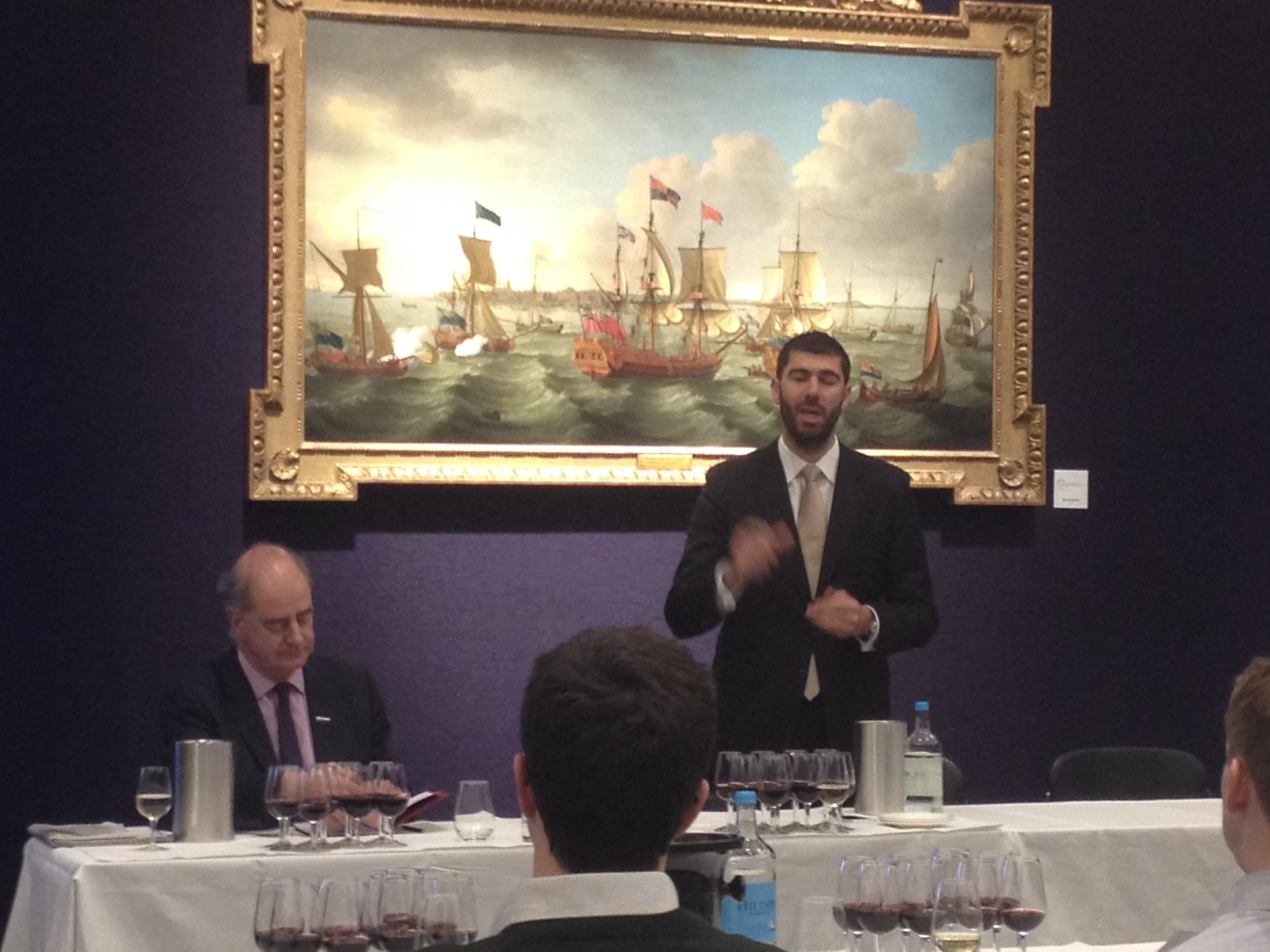
Jean-Michel comes across as proud though modest - "we just make wine" - eschews recent trends for biodynamics in a humid, Atlantic weather system, yet recognises that there are some things that past generations practised which have significance today, such as following the lunar cycles.
The tasting kicked off with the great duo of 2010 and 2009; the 2011 that was to have been served being misdirected en route to the auction room. Champagne in hand to slate our thirst, this hardly seemed like a great loss, yet by the end of the tasting presumptions of greater and lesser vintages had been challenged. 2010
Licorice and floral notes on the nose, with hints of pepper. Poised fruit, of a vivid, floral character washes over the palate, at once grippy and sweet. Impeccable balance, somehow belying it's 14.5 degrees of alcohol with a remarkable finesse and purity. This really is great wine for the very long term. 2009 Darker fruited nose announcing a warmer style. A deep well of fruit, in the cassis and blackberry spectrum. A powerful entry and confit fruited mid-palate. The heat of the year lends it a modern dimension.
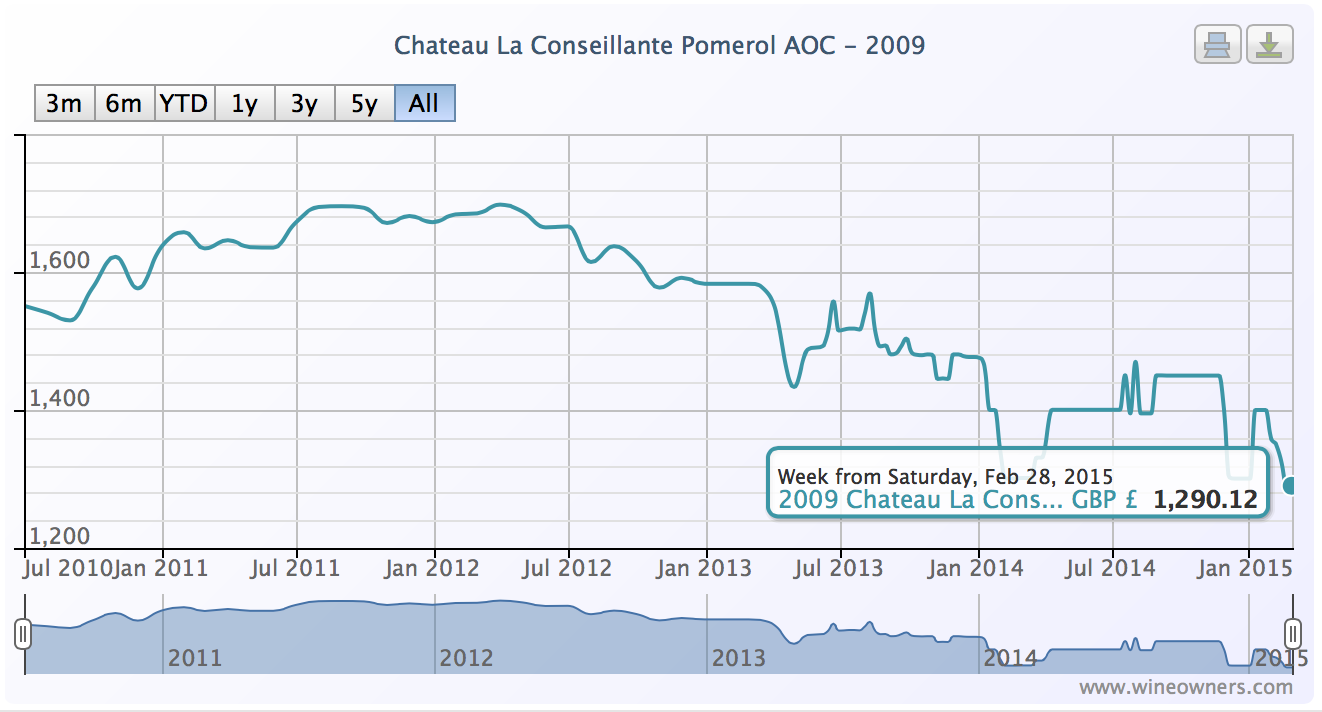
2008 Explosive nose of macerated fruit, aromatic and playful. On the palate, elegant and cool, grippy. Balanced, symmetrical wine with substance to the cleansing fruit, salivant then hints of earthiness on the finish. Classically dry at the end.
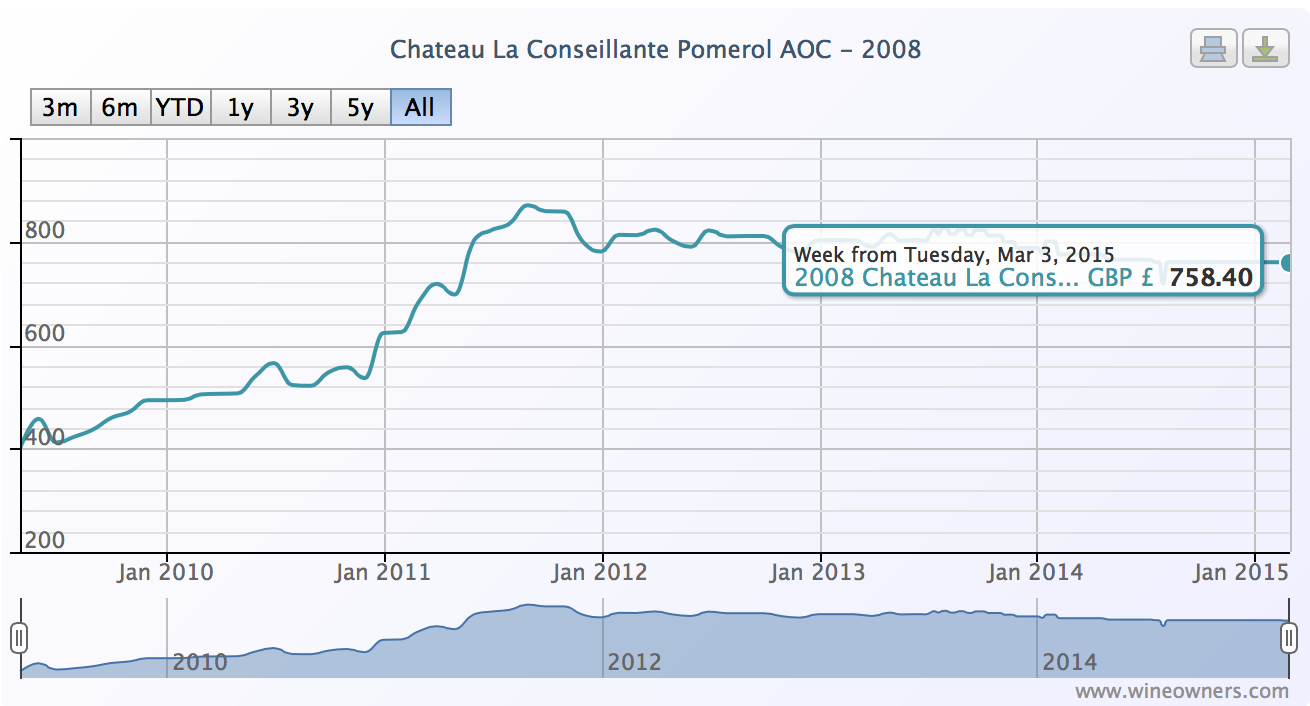
2006 Refined, liquory nose with dusting of pepper. Textural wine, with a meaty, gamey mid palate and iodine notes. 30 minutes later, a revelation, with purer fruit, sappy and intense with great tension and length. Wow. Exciting already, but some way short of early maturity.
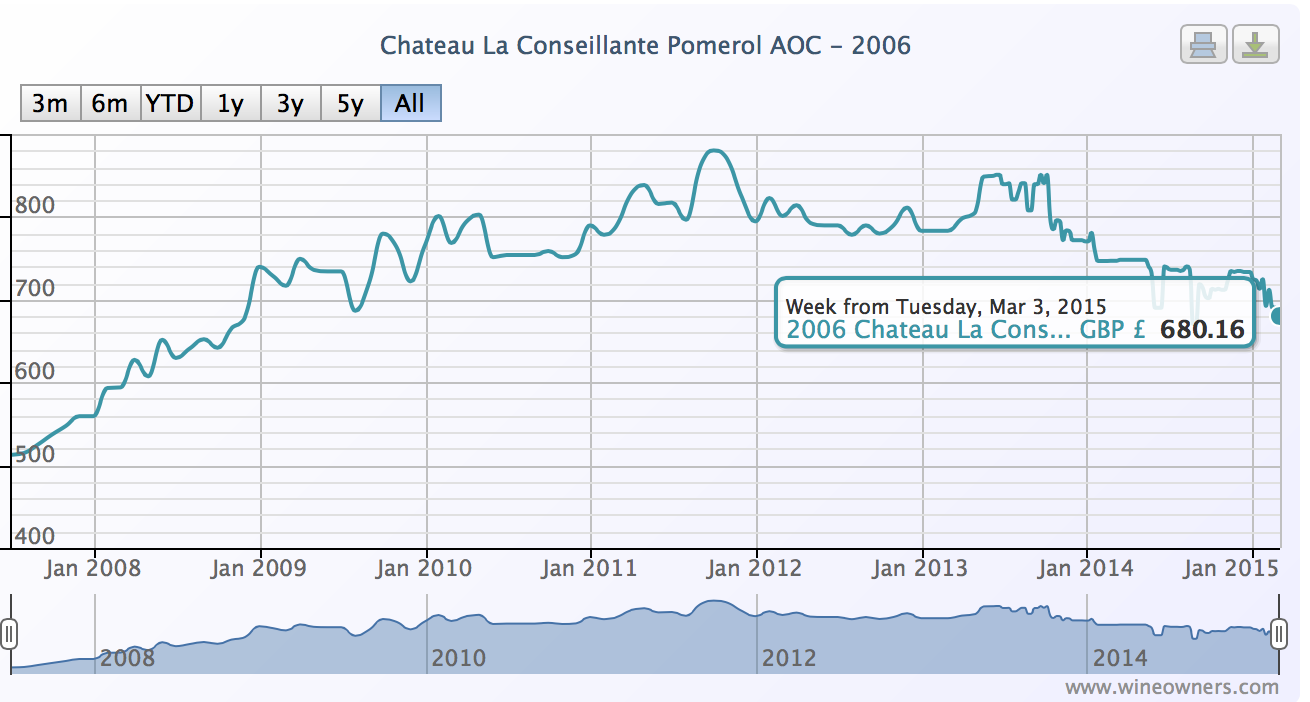
2005 Finely chiselled nose, cool, peppery. The palate shows a velvety smooth entry, aromatic and gamey flavours, with super intensity of grainy fruit. Mouthwatering and lifted mid palate, very progressive, and a very, very long finish.
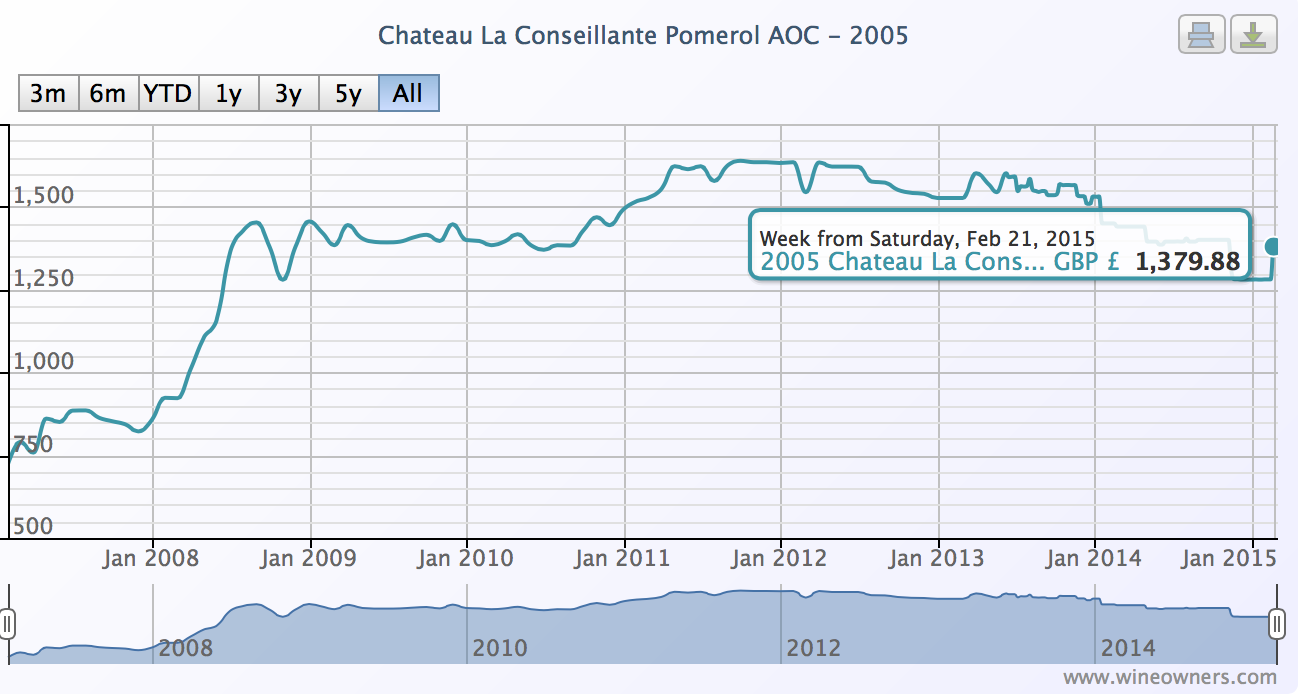
2001 Earthy nose, aromatic fruit and a touch of pepper. More evolved, with iodine on the mid palate ahead of intense lifted fruit. Firm and decidedly mineral. 2000 Elegant, sweet nose rather like a maturing Barolo or Cote de Nuits Cru. Followed by a red-fruited, warm Burgundian palate. Very pretty, a predictably ripe and satisfying mid-palate, leading to a sappy insistent finish.
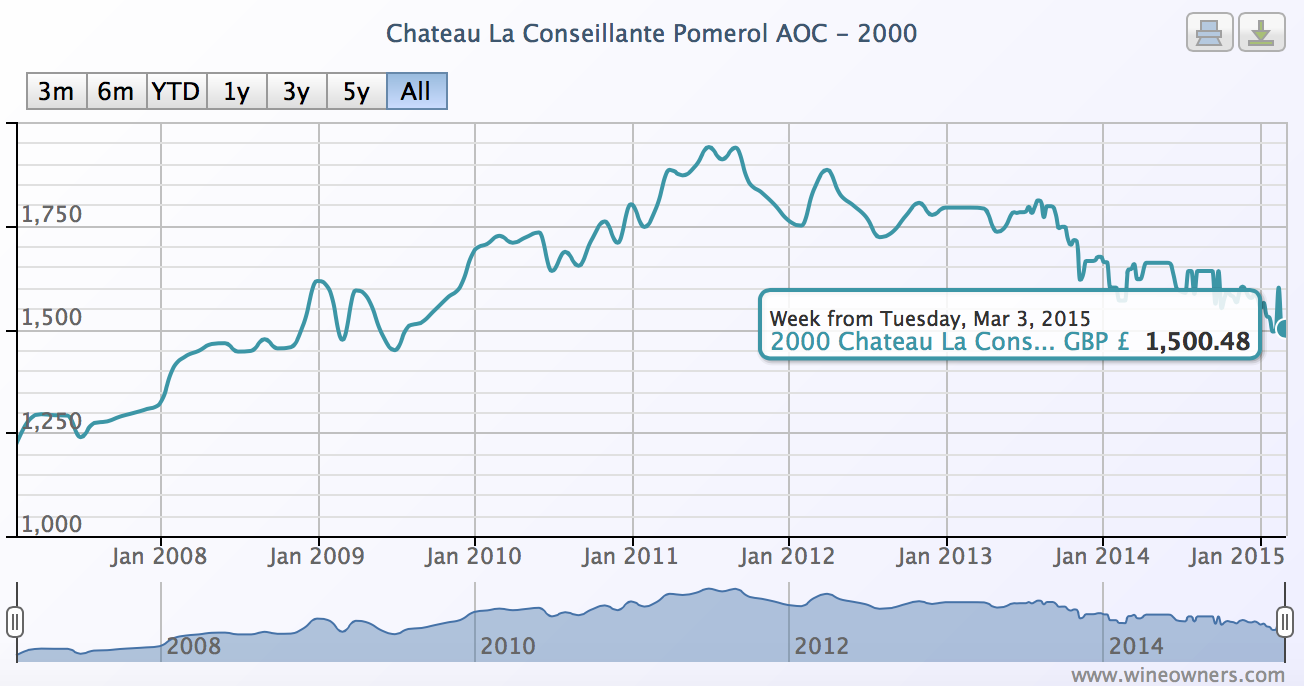
1985 Perfumed nose of sandalwood. Soft-fruited and scented wood notes on the palate, truffled, autumnal and with a subtle smoked character. Utterly alluring and delicious.
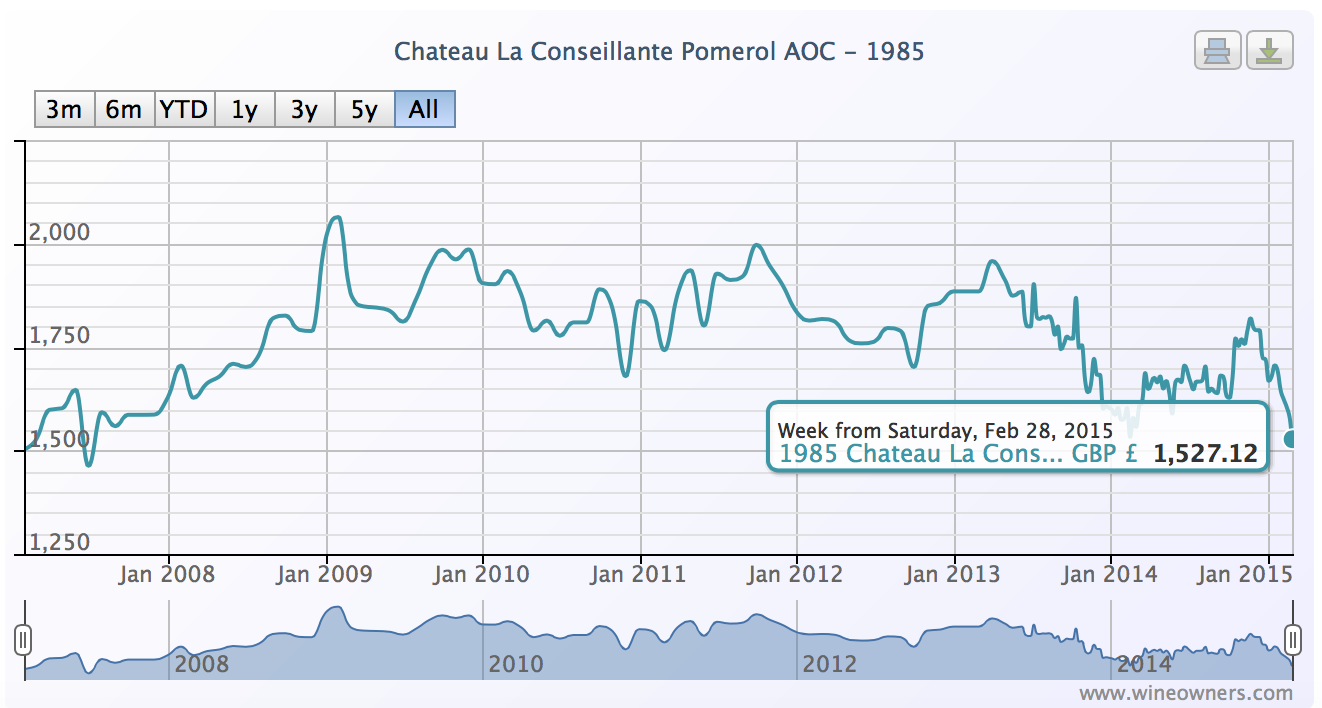
1982 Deeper perfumed nose and camphor. A similarly velvety, coating sensation of fruit like the 2005, then gamey notes, tobacco notes and a more pronounced smokiness. Crystalline finish, again sappy and very, very persistent.
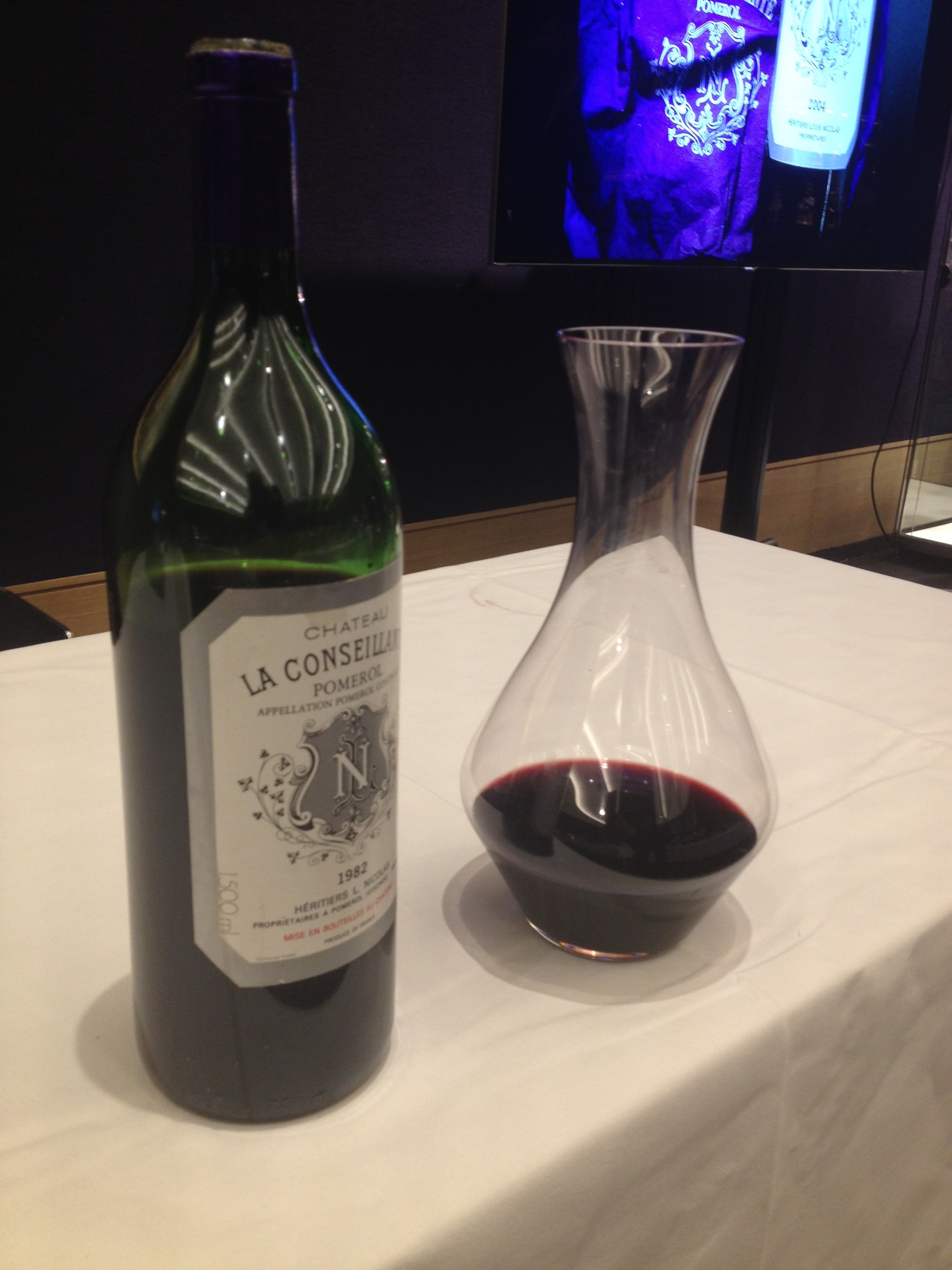
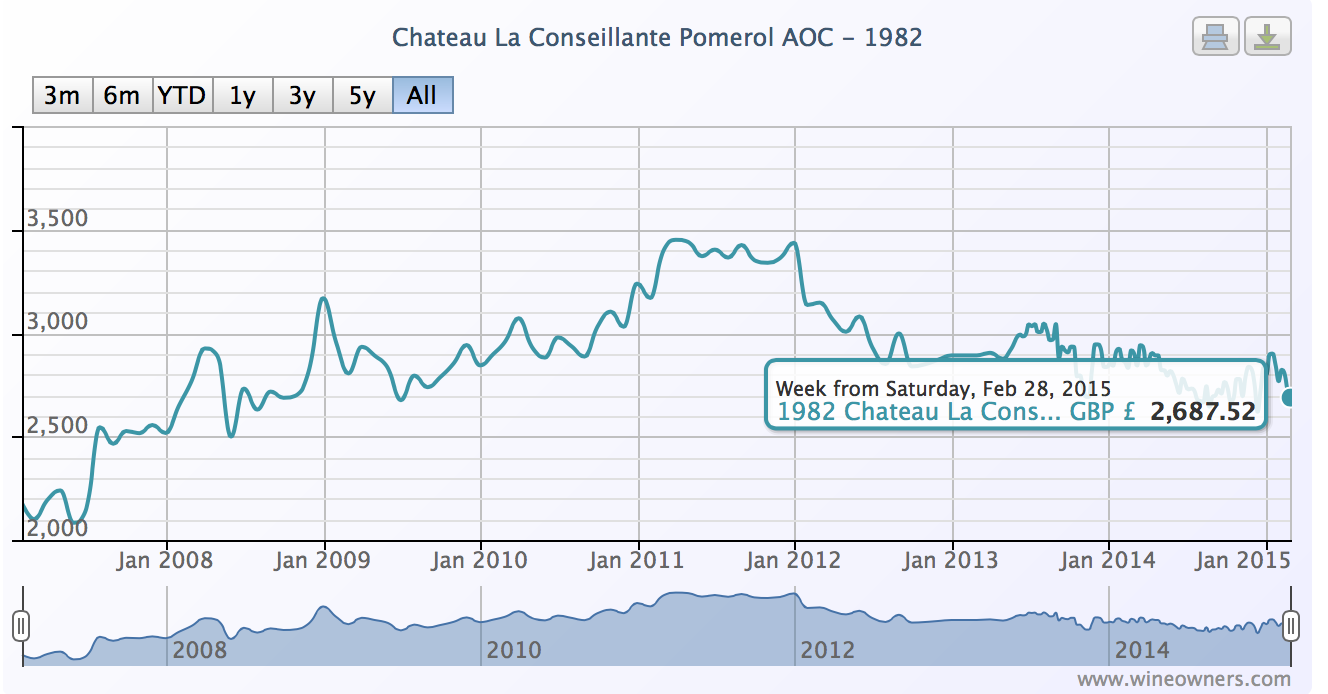
by Wine Owners
Posted on 2015-03-01
Today's excellent Matter of Taste event at the Saatchi gallery put on by the Robert Parker organisation highlighted to me that wines from so-called vintages overshadowed by great vintages may give far superior early to medium term pleasure than those more illustrious, fêted siblings.
Thinking back a year or so to previous tastings, Pontet Canet comes to mind. Take your pick from 2002, 2004 or 2006 for wines which today deliver great visceral pleasure (although the latter vintages are youthful) - whether you favour asian-spiced, sweetly grained and plump or delineated and pure fruit the choice (and preference) is yours. The dual powerhouses of 2009 and 2010 are incredibly dense wines, but today seem brutalistic and impregnable. Impressive as hell, they remain ébauches that Time, the master craftsman, is yet to shape.
A wonderful Masterclass led by Neal Martin and Alexandre Thienpont, winemaker and proprietor of Vieux Chateau Certan, further illustrated the point.
The surprise of the tasting was Vieux Chateau Certan 2006, which preceded the 2005.
A composed, peppery and dark-scented nose announced a medium weight, finely-woven, textured wine. Beautifully integrated, showing a firm core coated with a fine, sweet gloss, and a medium-long, insistent finish.
A delight to drink now, whilst giving the warmer, controlled, classically sauvage (iodine/ meaty) character of the 2005 another 5-10 years to achieve its unquestionable potential. In contrast the 2006 has an elegance and purity all of its own, and at a 20% discount to the 2005.
It's worth looking out for 'VCC' 2006 on the back of this showing. It's equally tempting to seek out more 2006s more generally, a vintage that had garnered some good reviews at first release, but which suffered in comparison to the more successful 2005 vintage across the Bordeaux region and due to release prices that were far too close to those of the previous year. Now almost a decade on, the fine, compelling character of the year is clear, and the pricing looks very fair.
Martin highlighted that Pomerol and St Emilion had enjoyed a particularly successful vintage in 2006. With that in mind, you may wish to check out the fine wine exchange for the following:
Lafleur Petrus
La Conseillante
Hosanna
Ausone
Marzelle
The wine of the 2006 vintage, Robert Parker and Jancis Robinson both proposed (in a rare show of unanimity), was Mission Haut Brion. Surely the price will never be as realistic as it is today, at around £1,250-1,350? (55%+ down from it's idiotic opening price that proved to be damaging to its secondary market performance). At least now this great wine is within reach of more wine lovers.
Mission Haut Brion
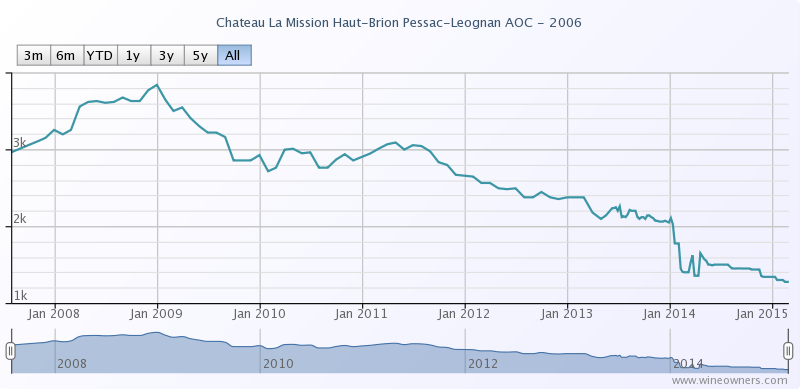
A somewhat under-the-radar La Mission, the 2006 was generally overlooked following the brilliance of the 2005. A young, dense purple-hued wine that is developing beautifully, it exhibits notes of Asian plum sauce, charcoal, barbecue smoke, roasted meats, graphite and background oak. Full-bodied with good acidity, moderate tannin and a vigorous, powerful youthfulness, the 2006 will age more quickly than the 2005, but it still requires another 5-8 years of cellaring. Anticipated Maturity: 2014-2035. (RP 2012)
Nick Martin
by Wine Owners
Posted on 2014-11-19
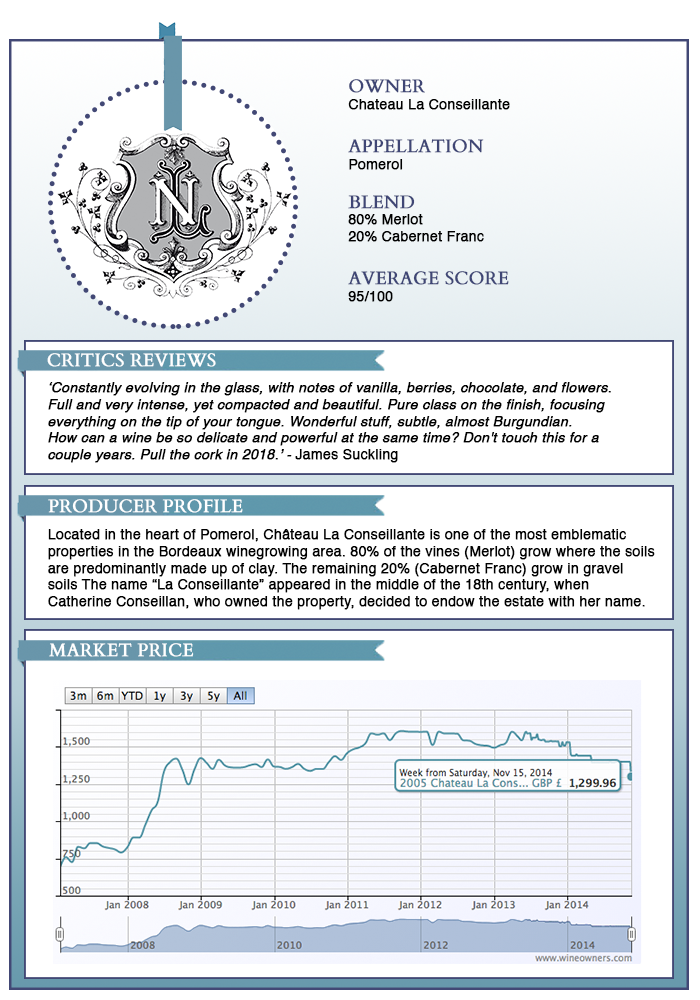
by Wine Owners
Posted on 2014-06-06
The most noticeable aspect to many of the 2011s is the hole in the middle. Sappy, fresh flavours upon entry, bland characteristics and dry finishes with a tendency to fade away. Red Graves seems to have had a particularly poor time of it, whilst many St Emilion wines suffer from especially dry finishes. Margaux hit the heights for the vintage, as well as some of the depths.
The wine that proved to be my fine wine initiation was Prieuré Lichine 1986, a young wine in 1989 bought for £6.80 from Laytons. I was happy that their 2011 was so pretty, floral and aromatic: near-term drinking in a well constructed package that’s the epitome of what the vintage can offer. There was no shortage of elegant examples from the Margaux appellation including Rauzan-Ségla and Siran.
St Julien flew the standard for homogeneity as it so often does. Léoville Poyferré was exceptional, St. Pierre svelte, integrated and very smart. Gloria, Lagrange, and the Bartons showing some complexity and all very pleasant. Beychevelle was forward, cheeky and easy-going.
Pauillac excelled in the vintage; the Pichons both lovely, with a delicious Lynch-Bages occupying the next rung down.
Finally, a special mention for La Conseillante, which stood out from the blandness and dry finishes of so may of the Libournais. A superb wine. Still too expensive at £680, so worth waiting for the secondary market to wreak its inevitable damage on a vintage, like 2012 and 2013, that nobody really wants or needs.
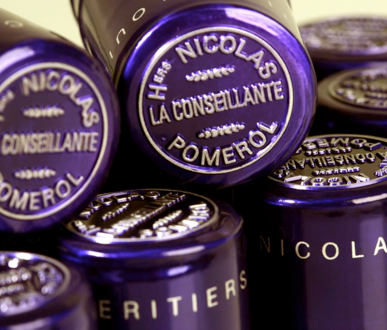
by Wine Owners
Posted on 2014-03-25
With a level of 221 at the end of February 2013 (baseline January 31st 2007), the Libournais Index shows a relatively flat performance, with a change of only 1.8% over a 1-year period to 228.31.
While the top movers of the Medoc Classed Growth Index were relatively affordable vintages, the Libournais Index top gainers feature higher value wines, as do the biggest fallers, perhaps indicating a rather higher level of market interest than on the left bank.
Individual high-scoring wines, however, buck the trend, with the 100 pointers La Violette 2010 and Petrus 2009 showing that a perfect Parker score can still be a market driver and suggesting that scarcity may increasingly be a market driver within the Bordeaux market, either due to tiny production or due to age.
It's arguably even more interesting to see the price of Vieux Chateau Certan 2010 fall quite significantly since the turn of the year (possibly as stockholders finally throw their hands up and start to write-down the value of their holdings?). Will Vieux Chateau Certan 2010 fall further carried by the momentum of price gravity? At some point this could be extremely tempting, for an utterly sublime wine that was considered by many (including us) to be perfect.
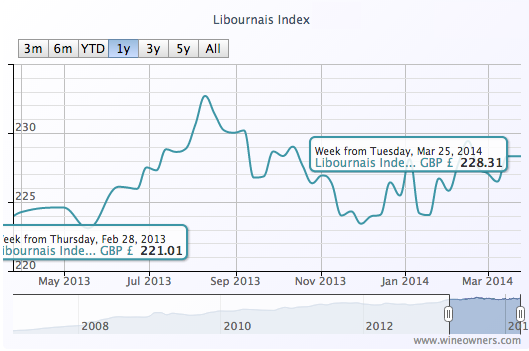
TOP GAINERS
BIGGEST FALLERS
Create an account on www.wineowners.com to receive our analyses by email.
by Wine Owners
Posted on 2013-11-15
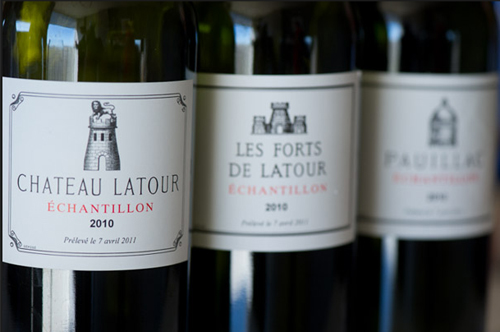
The 2009 Annual Bordeaux Tasting organised by The Institute of the Masters of Wine recently highlighted the high standard and homogeneity of Bordeaux 2009.
The best Medocs were beautifully perfumed, notably throughout the Graves, Margaux, and St. Julien. Where freshness was retained, the very ripe fruit lifted by fresh acidity, the wines were both easy to taste and delineated.
Examples that stood out were:
Pontet Canet with a refined, liqueur texture, fabulous confit yet crystalline, vivid fruit, and a velvety finish.
Leoville Barton was extremely pretty for a property that typically makes very structured long-term wines, exciting and fresh with wonderful aromatics.
Montrose was immense, and so confidently poised within its powerful structure.
Mission Haut Brion was truly fine; beautifully perfumed, noble fruit, dusty tannins in no way inhibiting a very long finish.
Sister property Haut Brion showed in a more structured vein, bright fruits, yeast and cedar on the nose, uplifting with a real sense of energy underlying the progression of flavours. Haut Brion was a beacon of how great 2009 can be when ripe fruit, acidity, structure and energy come together to create a unique, visceral experience. It also served to highlight how unctuous and relatively soft so many of the other wines in 2009 really are. And this isn't necessarily a good thing for the long term.
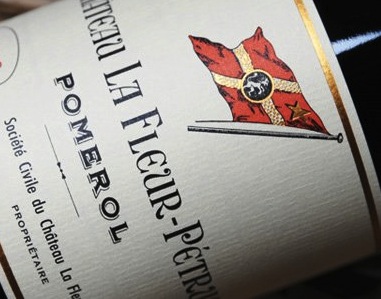
At a recent dinner tutored by Edouard Moueix where he showed La Fleur Petrus 2009 and 2010 side by side, the 2009 was unctuous and richly textured. The 2010 had more clearly delineated elements, showed as being far more complex, with wave after wave of nuanced flavours through an almost interminable finish.
Back in 2011, in the heat-wave of that Bordeaux spring, 2010 also showed brilliantly. Where wines were compared side by side, the 2010 vintage got my vote almost every time, including beauties from:
Calon Segur
Cheval Blanc
Haut Brion
Haut-Bailly
La Conseillante
L’Eglise-Clinet
La Mission Haut-Brion
Latour
Le Pin
Margaux
Montrose
Pichon Longueville Comtesse de Lalande
Rauzan Segla
Vieux Chateau Certan
So for me whilst the two vintages are both extraordinary; I prefer the definition, balance, complexity and enduring length of flavour so commonly found in the best 2010 red Bordeaux, which gets my vintage vote bar a few exceptions like Leoville Barton.

